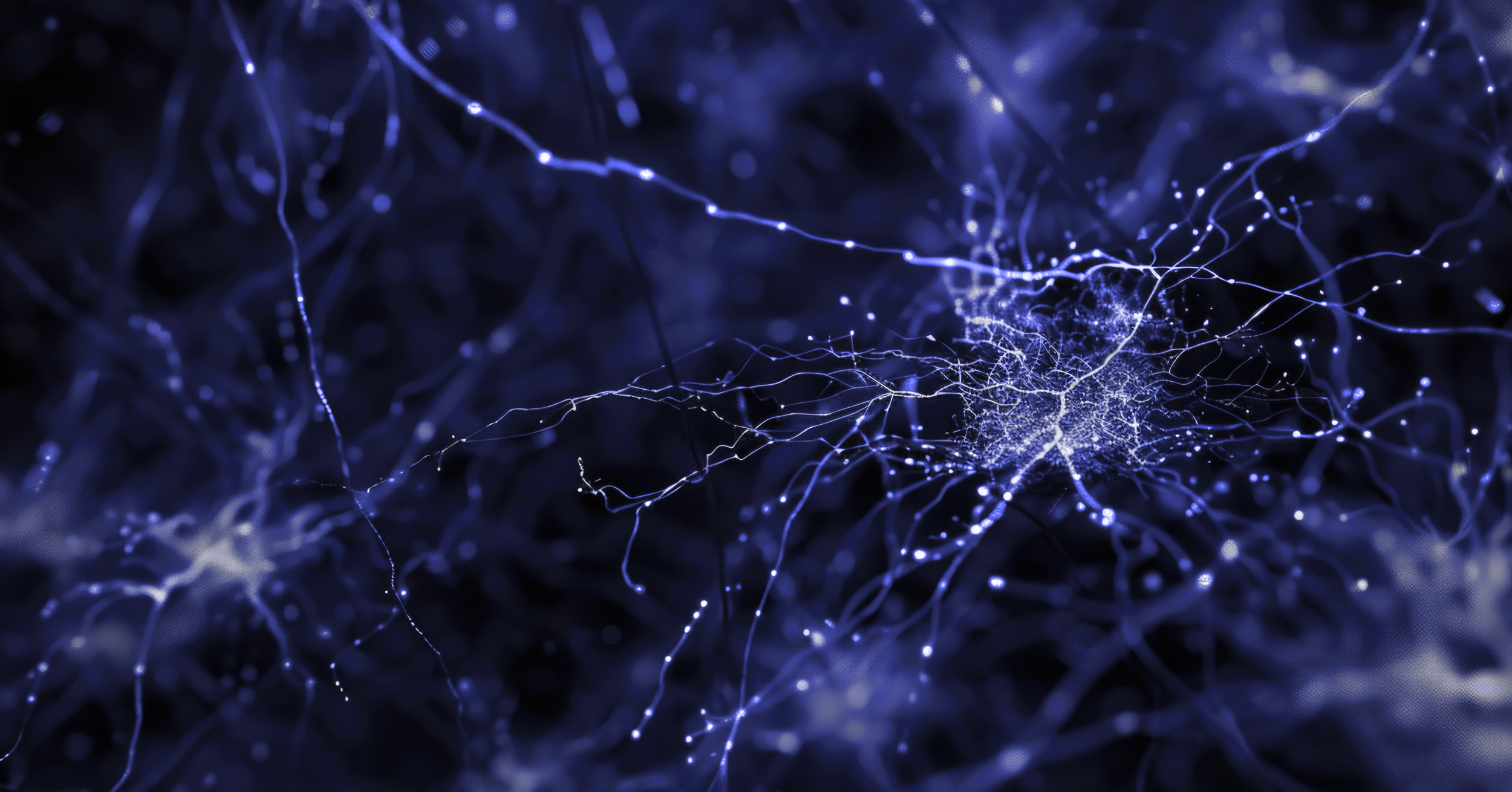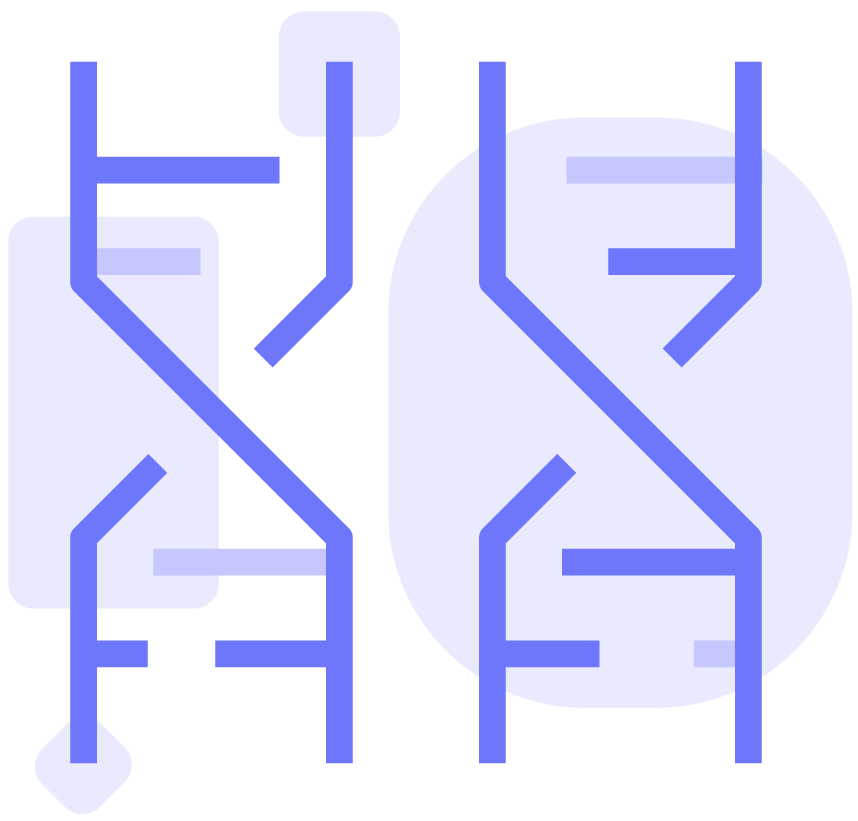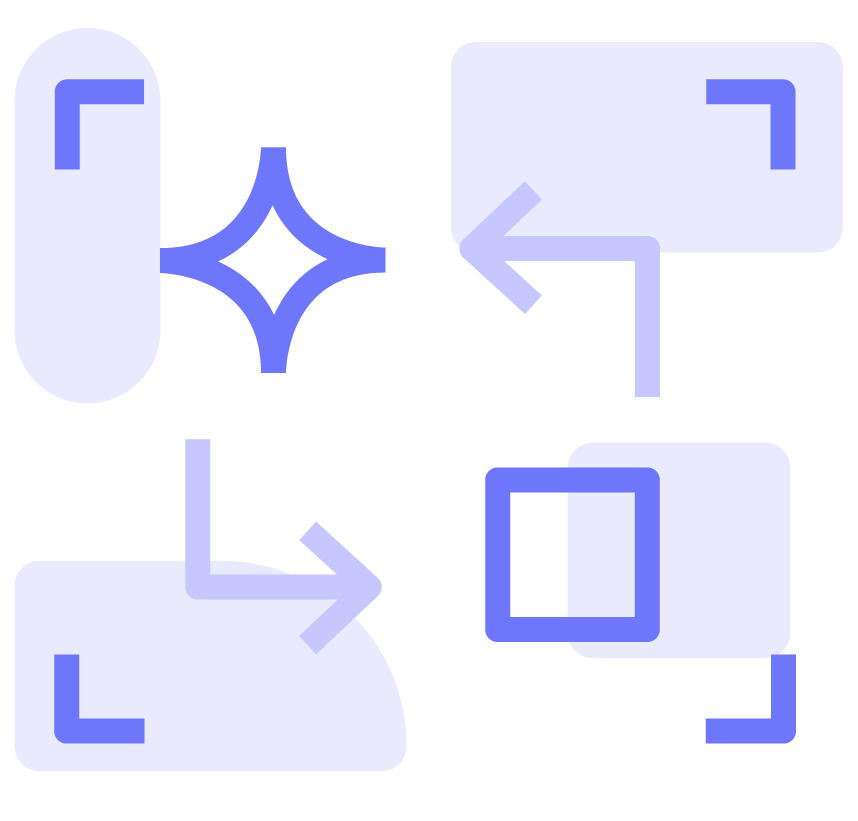Cortical neurons
our approach
• exploring the science
Cell-Type Resolution
Across the CNS
This multi-lineage resolution allows researchers to investigate region- and cell-type–specific signatures of neurodegeneration, providing a dynamic view of cellular turnover in the central nervous system (CNS).
Resonant’s assay quantifies cfDNA originating from six key neural and glial populations:
Dopaminergic neurons
Spinal motor neurons
Astrocytes
Microglia
Schwann cells









